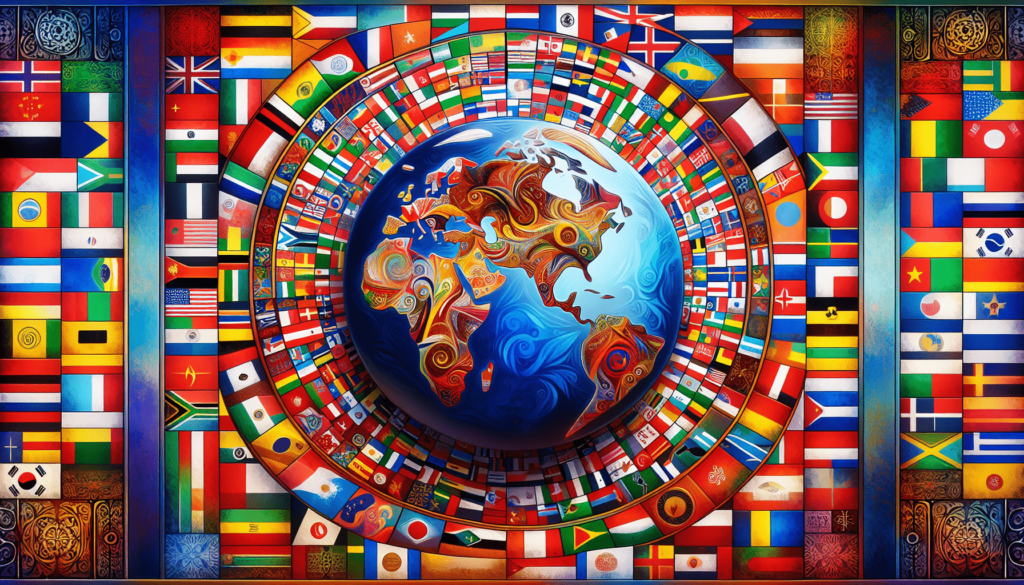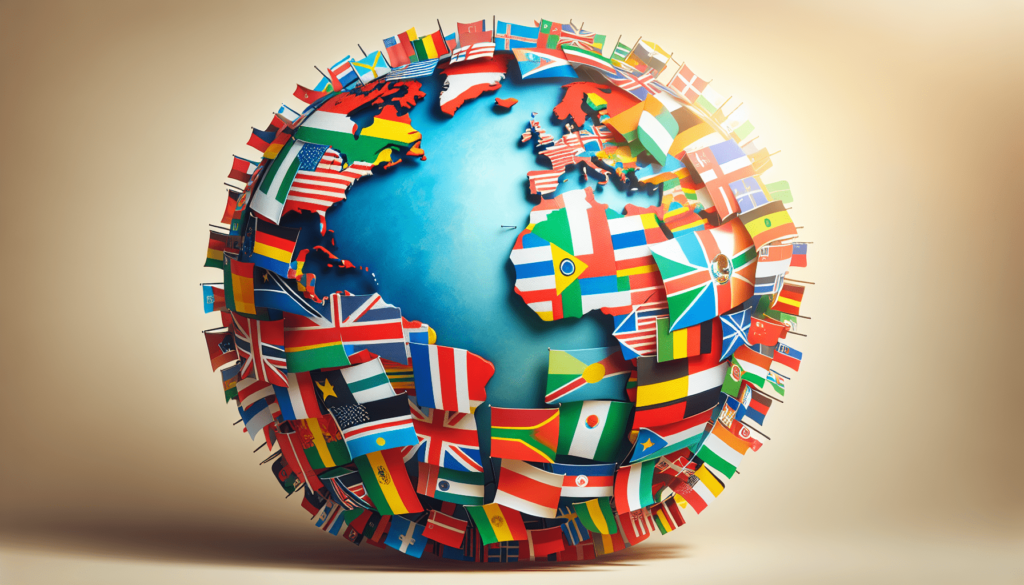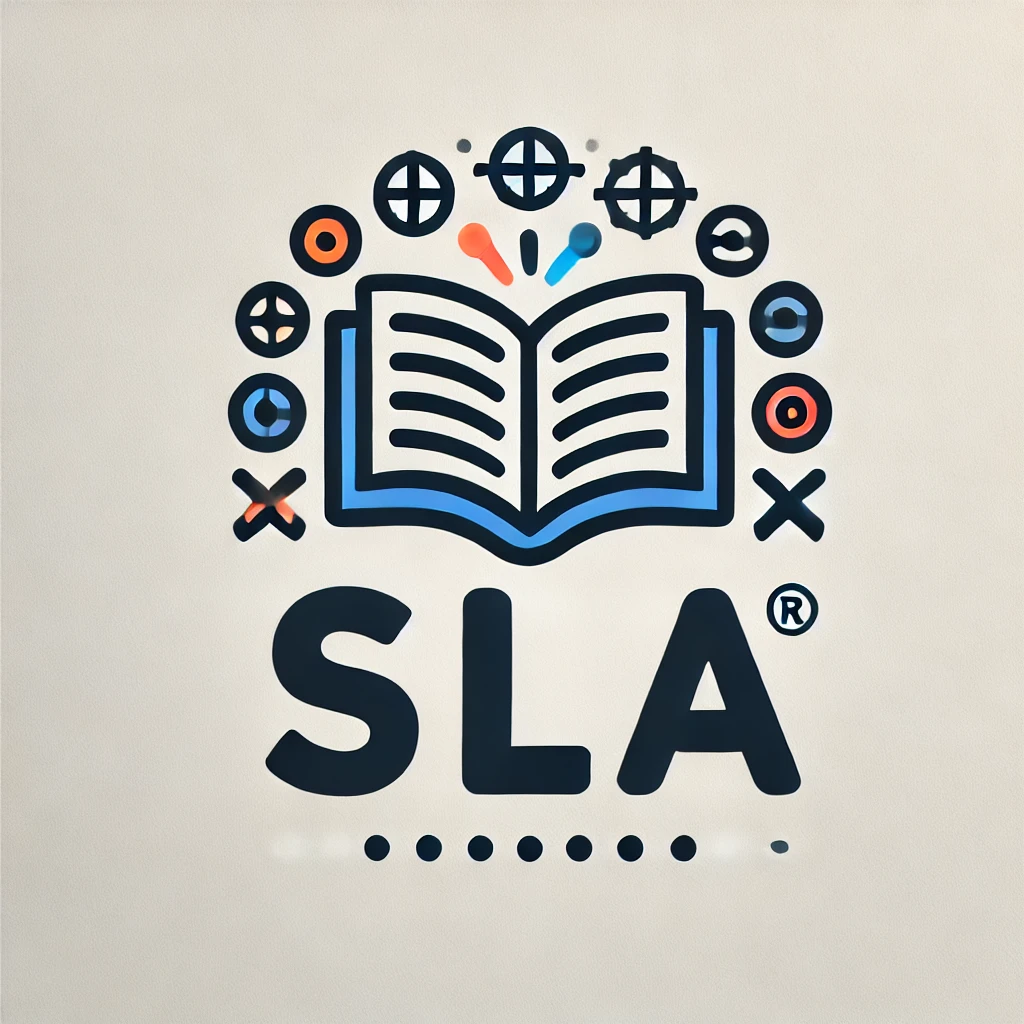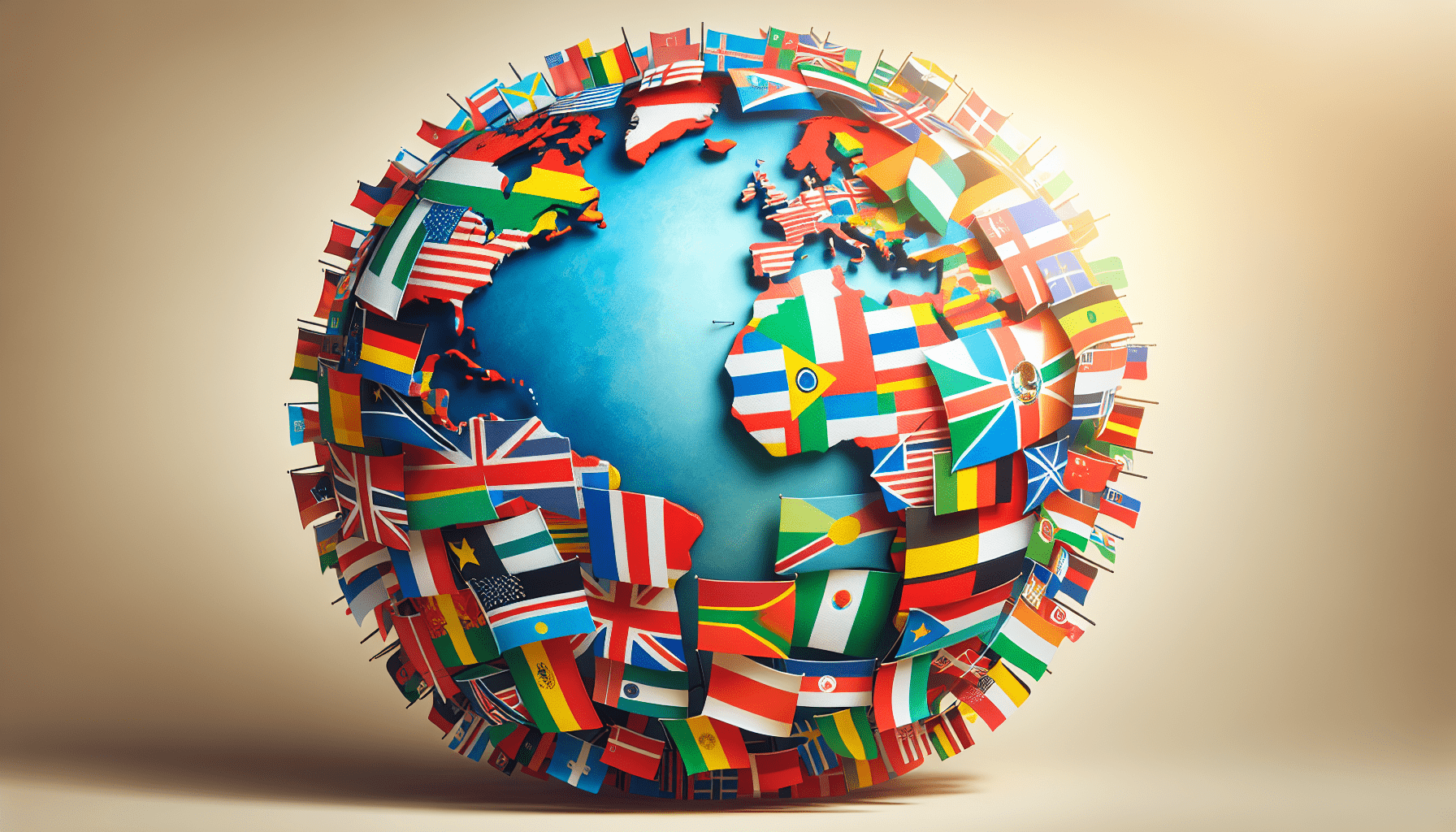The Power of Language and Culture
Have you ever wondered about the deep-rooted connection between language and culture? How does the language you speak shape your cultural identity? In this article, we will delve into the intricate relationship between language and culture, exploring how they influence each other in profound ways.

Understanding Language Diversity
Language diversity is a remarkable aspect of human civilization. With thousands of languages spoken around the world, each one is a unique reflection of the culture it belongs to. From the tonal complexities of Mandarin Chinese to the poetic beauty of Italian, every language has its own set of rules, grammar, and vocabulary that encapsulate the essence of its culture.
Language as a Mirror of Cultural Values
Language serves as a mirror that reflects the values, beliefs, and social norms of a particular culture. For example, the Inuit people of the Arctic have multiple words to describe different types of snow, reflecting their deep understanding and connection to the natural world. Similarly, the Japanese language is rich in honorifics that convey respect and hierarchy, reflecting the importance of social harmony in Japanese society.
The Influence of Culture on Language
Culture plays a pivotal role in shaping language, influencing everything from the choice of words to the structure of sentences. For instance, in collectivist cultures like those found in many Asian countries, language tends to emphasize group harmony and social relationships. In contrast, individualistic cultures may prioritize self-expression and assertiveness, leading to different linguistic patterns and communication styles.
Language and Cultural Identity
Your language is an essential part of your cultural identity, shaping how you perceive the world and communicate with others. When you speak your native language, you are not just conveying information; you are also expressing your cultural heritage and history. This is why language preservation is crucial for maintaining cultural diversity and ensuring that future generations can connect to their roots.

Lost in Translation: Cultural Nuances
Translating from one language to another can be a challenging task, as it often involves more than just swapping words. Cultural nuances, idioms, and expressions can get lost in translation, leading to misunderstandings and misinterpretations. For example, the concept of “face” in many Asian cultures is deeply intertwined with social status and reputation, which may not have a direct equivalent in Western languages.
Language and Social Identity
Language is not only a means of communication but also a powerful tool for shaping social identity. The way you speak, the words you use, and the accents you carry can all influence how others perceive you and categorize you into different social groups. This is why language is often tied to issues of power, prestige, and social hierarchies within a given culture.
The Evolution of Language and Culture
Languages are dynamic entities that evolve and change over time, reflecting the shifting cultural landscape. As societies undergo cultural shifts, political upheavals, and technological advancements, languages adapt to accommodate these changes. For instance, the rise of globalization has led to the emergence of “hybrid” languages that blend elements from different linguistic traditions, showcasing the interconnected nature of language and culture.
Language Diversity in the Digital Age
In the digital age, language diversity is both celebrated and challenged. While technology has made it easier to connect with people from different linguistic backgrounds, there is also a growing concern about the loss of minority languages and dialects. Social media, online communication, and artificial intelligence are reshaping the way we use language, creating new opportunities for cross-cultural exchange and collaboration.
Preserving Language Diversity
Language preservation is an ongoing effort that requires collaboration between communities, educators, policymakers, and linguists. By documenting endangered languages, creating language revitalization programs, and promoting multilingual education, we can ensure that linguistic diversity thrives in the face of globalization. Preserving languages is not just about words; it is about preserving the rich tapestry of human culture and heritage.
Embracing Multilingualism
In a world where multilingualism is becoming increasingly common, embracing multiple languages can open doors to new opportunities and enrich your cultural experiences. Learning a new language is not just about acquiring new words; it is about gaining insight into different ways of thinking, communicating, and understanding the world. By embracing multilingualism, you can bridge cultural divides, foster mutual understanding, and cultivate a deeper appreciation for the richness of human expression.
Conclusion: Celebrating Language and Culture
Language and culture are intertwined in a complex and profound relationship that shapes our world in profound ways. By appreciating the power of language to reflect and preserve cultural identities, we can celebrate the diversity of human expression and foster cross-cultural dialogue and understanding. So, next time you speak your native language or learn a new one, remember that you are not just using words; you are expressing a vibrant tapestry of cultural heritage and history.

